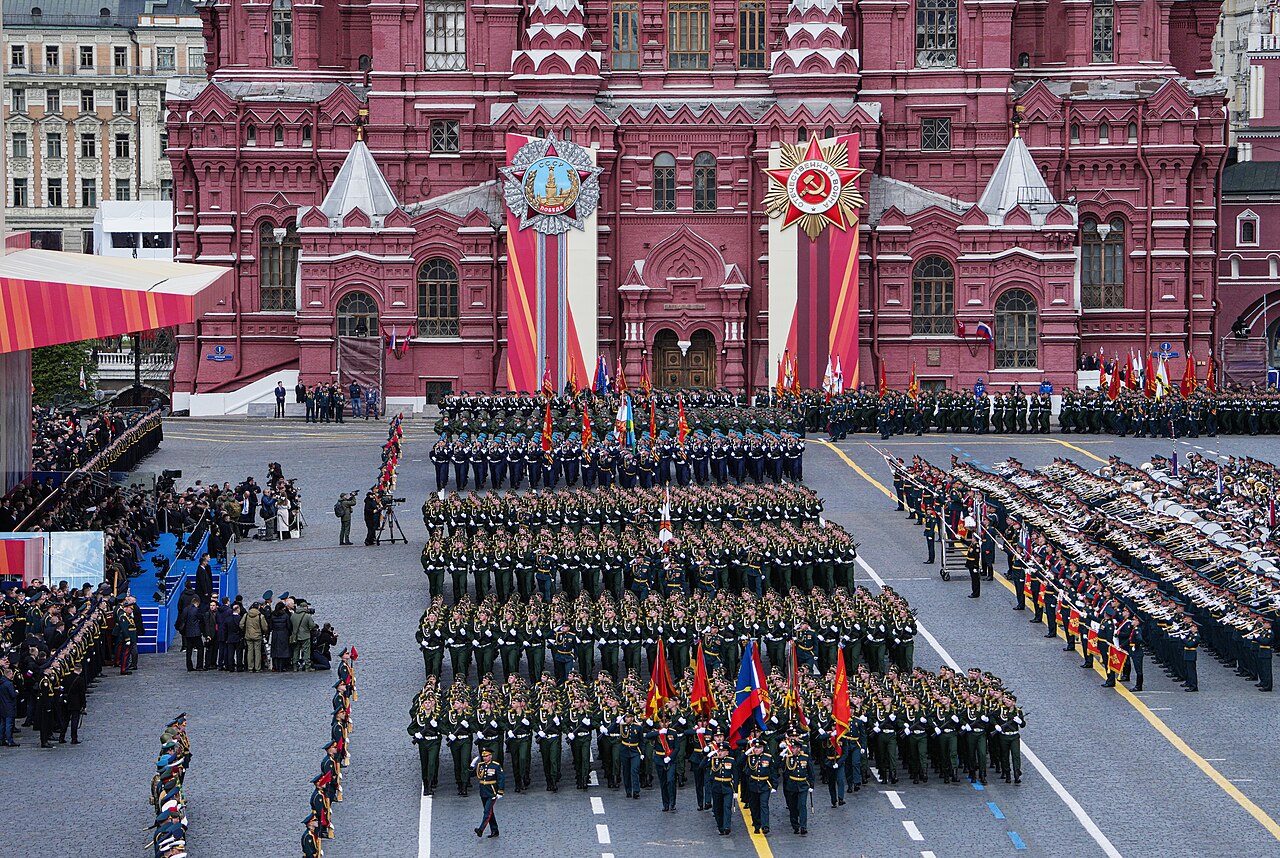The Institute for the Study of War reported on 11 October that Russia may "pose a significant threat to NATO on a timeline much sooner than 2036 and without necessarily reconstituting its tank fleet." The think tank maintains that Moscow’s sabotage and drone reconnaissance activity targeting military sites and critical infrastructure in Europe suggests Russia has already entered "Phase Zero"—the phase designed to set psychological and informational conditions ahead of potential military conflict.
The "Phase Zero" operations include ongoing drone reconnaissance and sabotage targeting military and infrastructure sites in Europe. The report says these actions form part of Russia’s informational and psychological campaign to shape conditions for a future war with NATO.
Kremlin adapts to new warfare without massed armor
According to ISW, Russia’s ongoing force-generation efforts and attempts to create a strategic manpower reserve indicate that Moscow is capable of sustaining and rebuilding its forces despite heavy losses in Ukraine.
ISW assesses that Russia could “rapidly deploy significant combat power to NATO’s eastern flank” within months after the war in Ukraine ends. The think tank also notes that Russia is developing new operational concepts that enable large-scale warfare “without using masses of tanks or armor,” while effectively limiting an adversary’s ability to do so.
Furthermore, ISW highlights that Russia is learning to “achieve the effects of battlefield air interdiction… without establishing air superiority.” The report warns there is no indication that Moscow would wait to fully rebuild its forces before intensifying aggression against NATO, and that an attack “may occur before that moment if NATO fails to establish deterrence.”
NATO must act now
ISW concludes that Russia is gaining extensive experience in modern, high-intensity warfare, characterized by rapid adaptation and an infantry-led, attritional conflict unlike anything seen in Europe since the 1940s.
"NATO and its allies must prepare to deter and, if necessary, defeat threats that Russia will likely pose immediately following the end of active fighting in Ukraine, but also into the future," ISW concluded.




